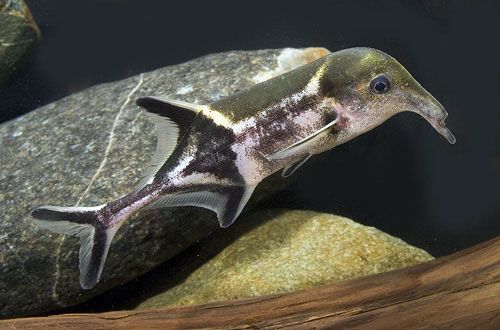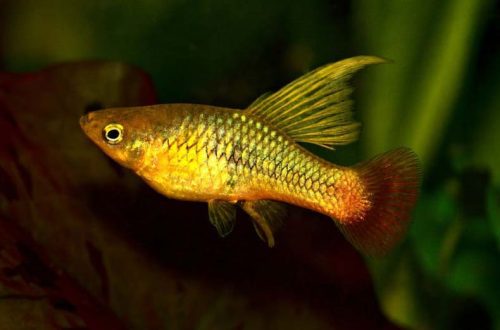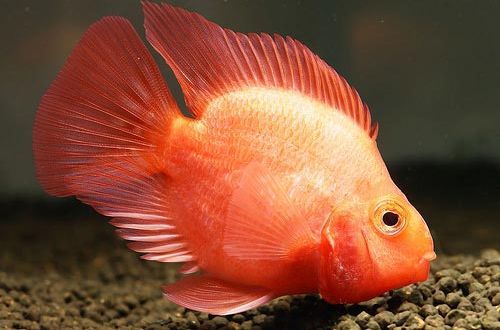
Nosed Elephantfish
The elephant-nosed fish, scientific name Campylomormyrus rhynchophorus, belongs to the Mormyridae family. The closest relative of the fish is the Nile elephant. It has the same original appearance. Due to the difficulty in breeding, it is rarely found for sale. In addition, this species needs special conditions of detention, which may be beyond the power of novice aquarists.

Contents
Habitat
It comes from the central part of the African continent. It lives in the vast basin of the Congo River in the territory of modern Cameroon, the Democratic Republic of the Congo, and Angola. The natural habitat of this species is the bottom layer. The fish prefers silty sections of rivers with dense aquatic vegetation.
Brief information:
- The volume of the aquarium – from 250 liters.
- Temperature – 22-24°C
- Value pH — 5.0–7.0
- Water hardness – soft (5-10 dGH)
- Substrate type – soft, silty
- Lighting – subdued, dim
- Brackish water – no
- Water Movement – Low/Moderate
- The size of the fish is up to 22 cm.
- Food – any sinking food
- Temperament – peaceful
- Content alone with other species
Description
Adult individuals reach a length of up to 22 cm. The body is compressed from the sides. The coloration is grey-white. The dorsal and anal fins are symmetrical and shifted closer to the tail. A characteristic feature of the species is the presence of a “trunk” – a modified mouth with which the fish digs in the silt and gets its own food. A similar feature is reflected in the colloquial name – “Nosed Elephant Fish”.
The fish is nocturnal in conditions of poor visibility, therefore, for orientation in space, it uses a special organ on its tail, which generates short electrical impulses. On the head, in turn, there are electroreceptors that fix the slightest changes in the electric field, thereby forming a picture of the terrain.
Food
In nature, it feeds on benthic organisms (crustaceans, worms, insects and their larvae), as well as plant debris. In a home aquarium, the diet should be appropriate if the fish has not been accustomed to dry or frozen food.
Maintenance and care, arrangement of the aquarium
The optimal size of the aquarium starts from 250 liters. When keeping Nosed Elephantfish, it is important to provide a subdued level of lighting, use a soft sandy substrate with particles of treated peat or similar soils, and dense thickets of plants. Since the lighting is dim, shade-loving varieties such as anubias, vallisneria, some mosses and ferns should be preferred.
Stable water conditions are equally important. It is recommended to install a productive filtering system. It is worth remembering that fish do not respond well to excessive flow, so when choosing the type and model of the filter, preference should be given to those that do not create excessive water movement. Aquarium maintenance procedures are standard – this is a weekly replacement of part of the water with fresh water and regular cleaning of organic waste.
Behavior and Compatibility
It belongs to territorial species, jealously guards its site at the bottom from other relatives. It is desirable to keep only one representative of the species in the aquarium. Compatible with non-aggressive calm fish of comparable or smaller size. It is desirable that they live in the middle or upper layer of water.
Breeding / breeding
At the time of writing, no successful cases of breeding Elephant Nosed Fish in the home aquarium have been recorded. Marketed from commercial fish farms or wild-caught.
Fish diseases
The main reason for the occurrence of diseases is the conditions of detention. Poor water quality, poor nutrition and injury lead to various infections. The “trunk” is especially prone to injury if hard ground is used. In a balanced ecosystem, fish do not have health problems. Read more about symptoms and treatments in the Aquarium Fish Diseases section.





